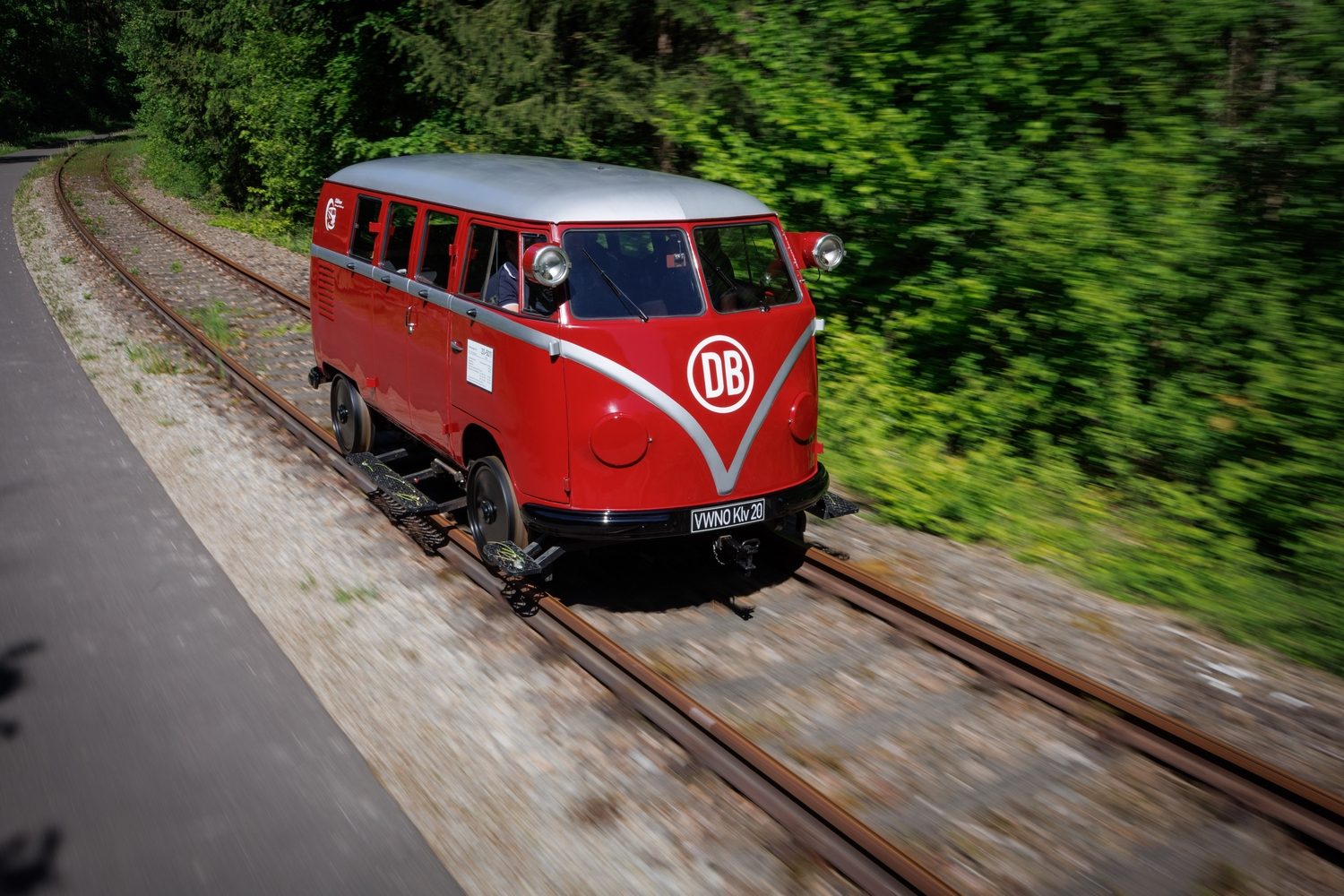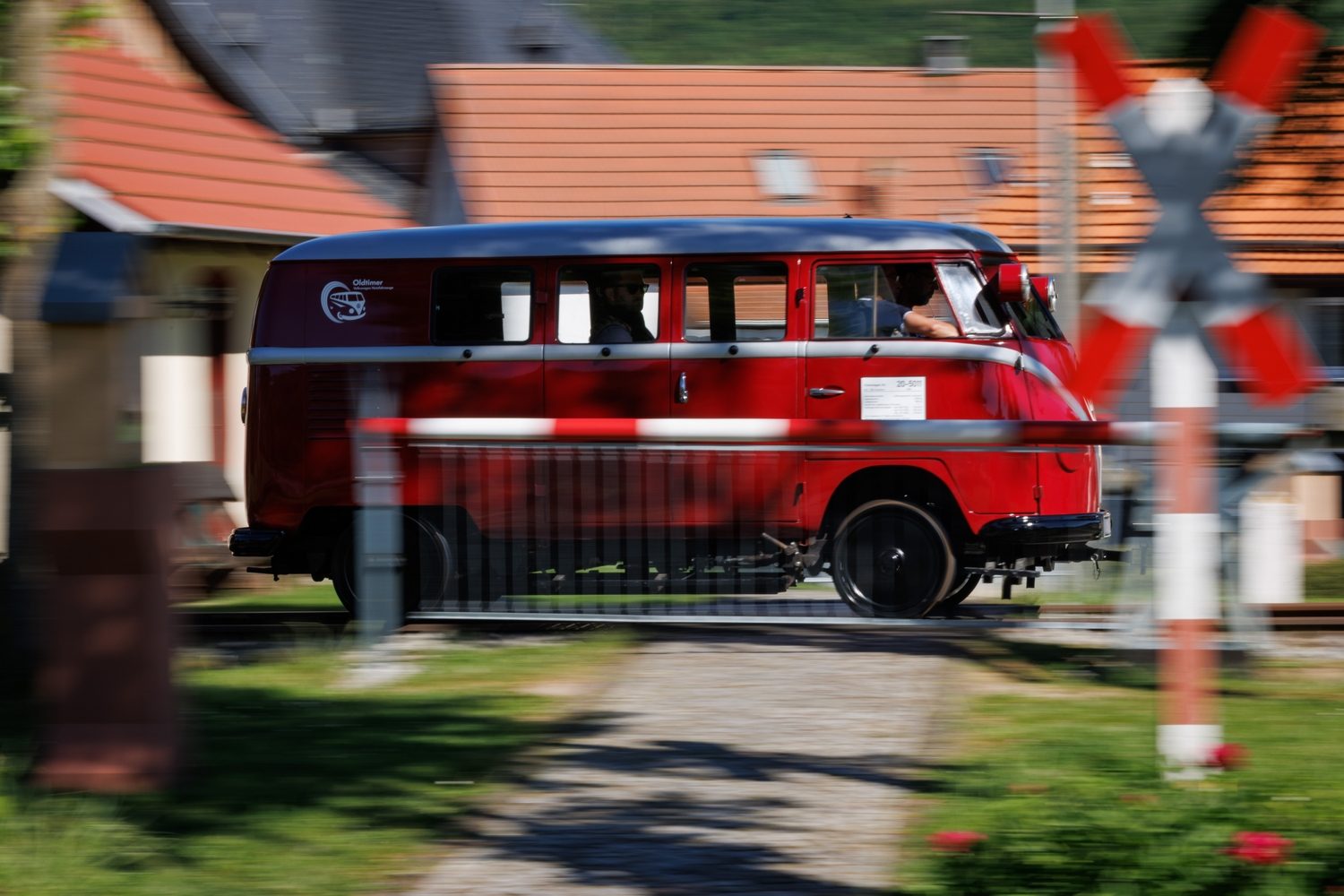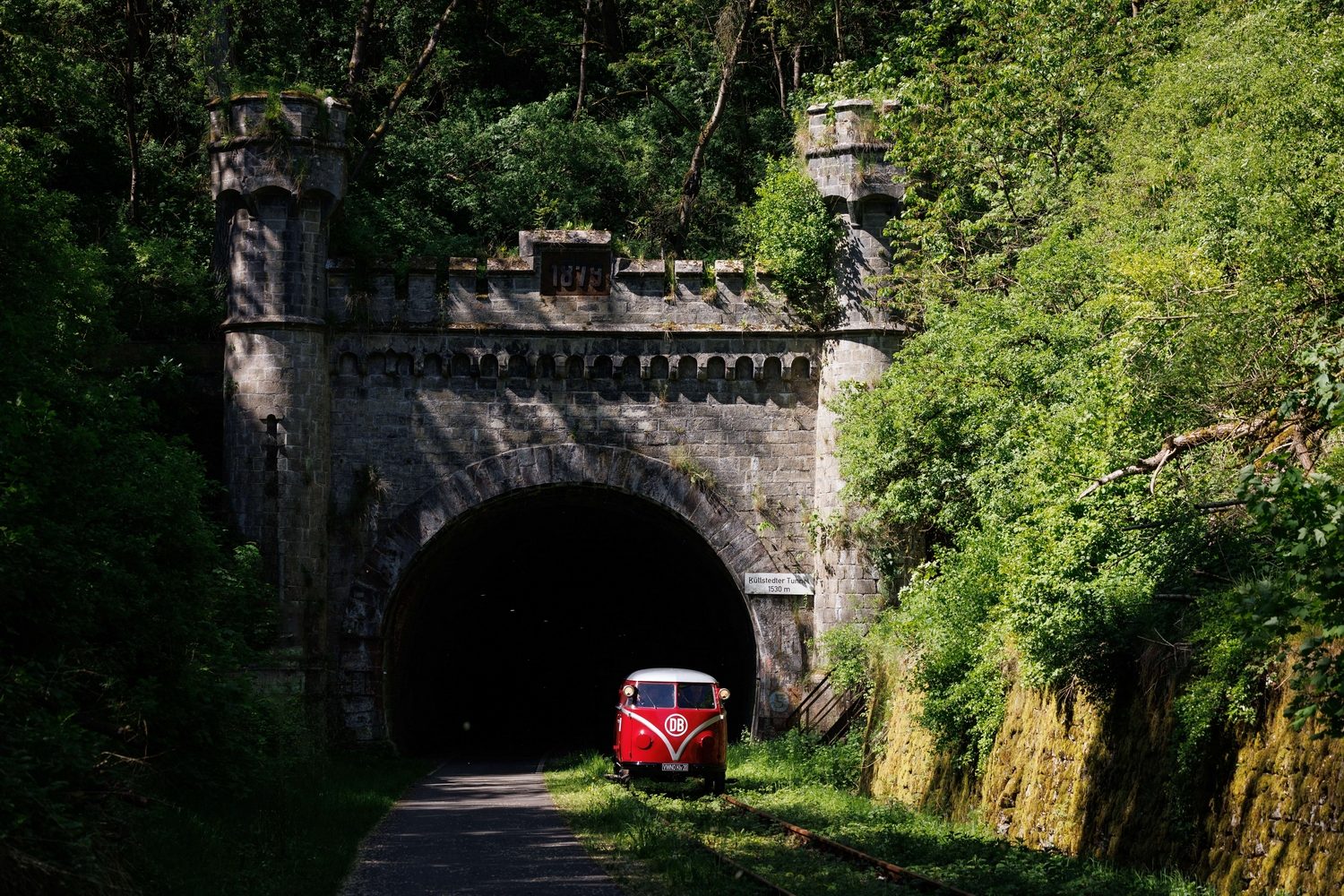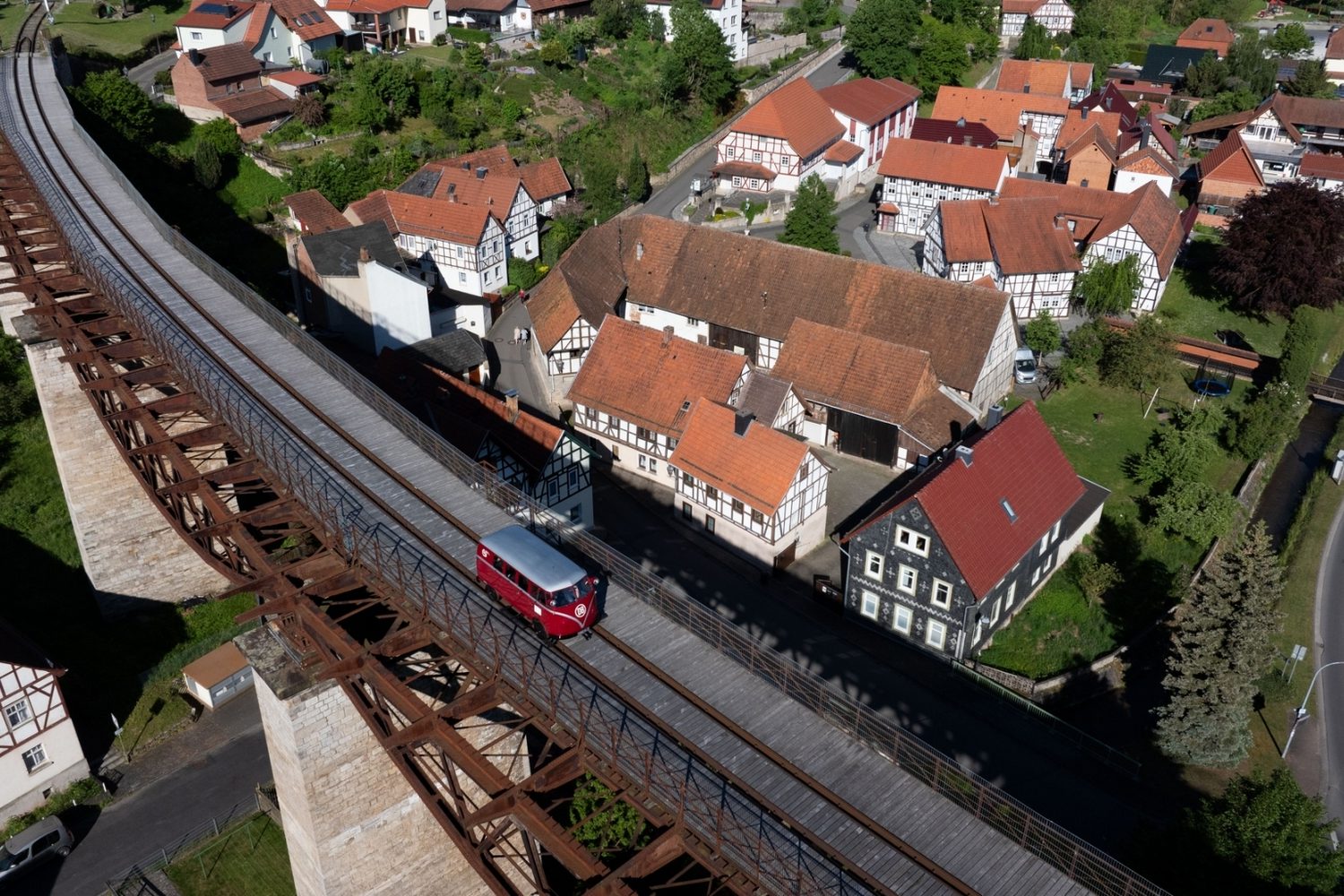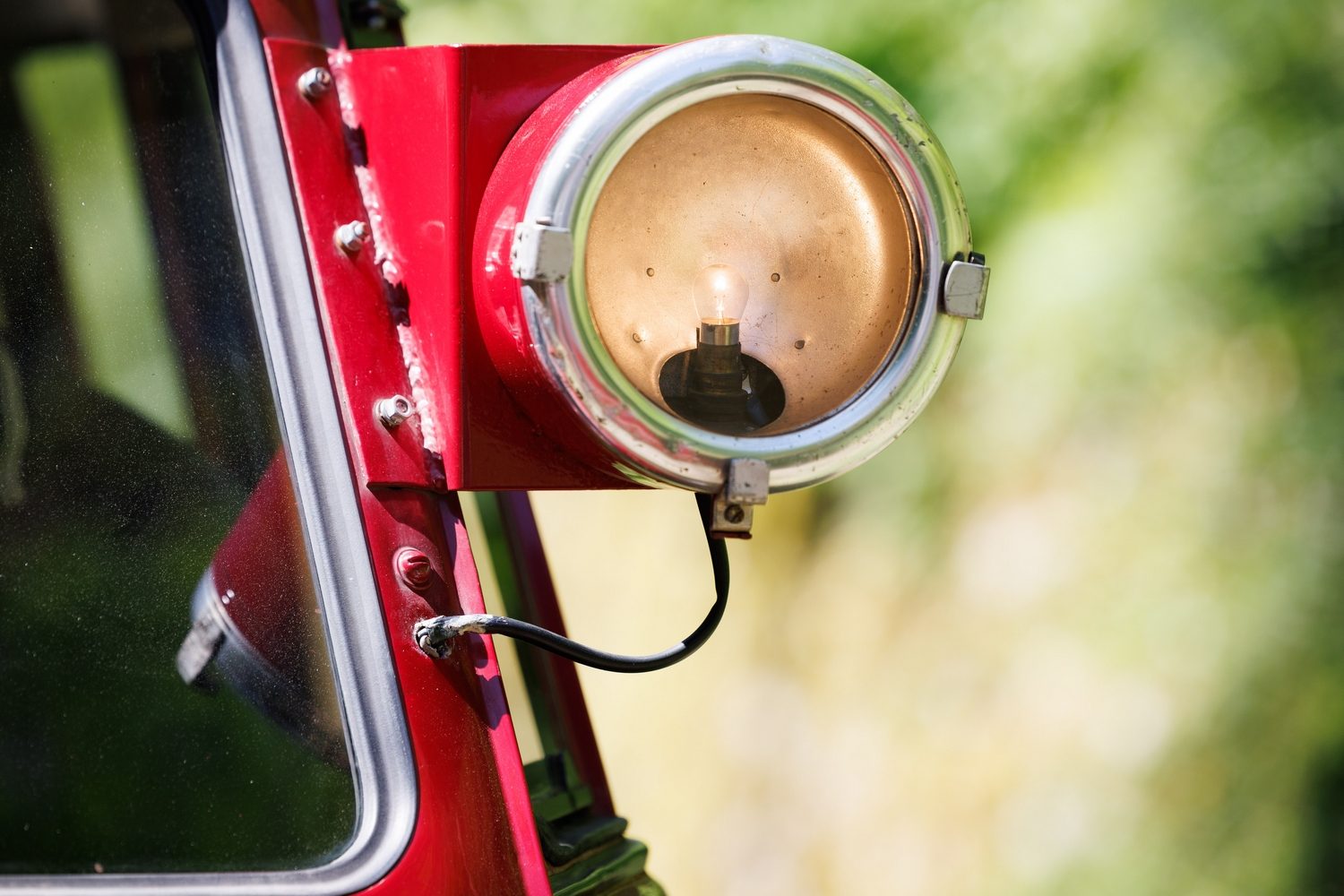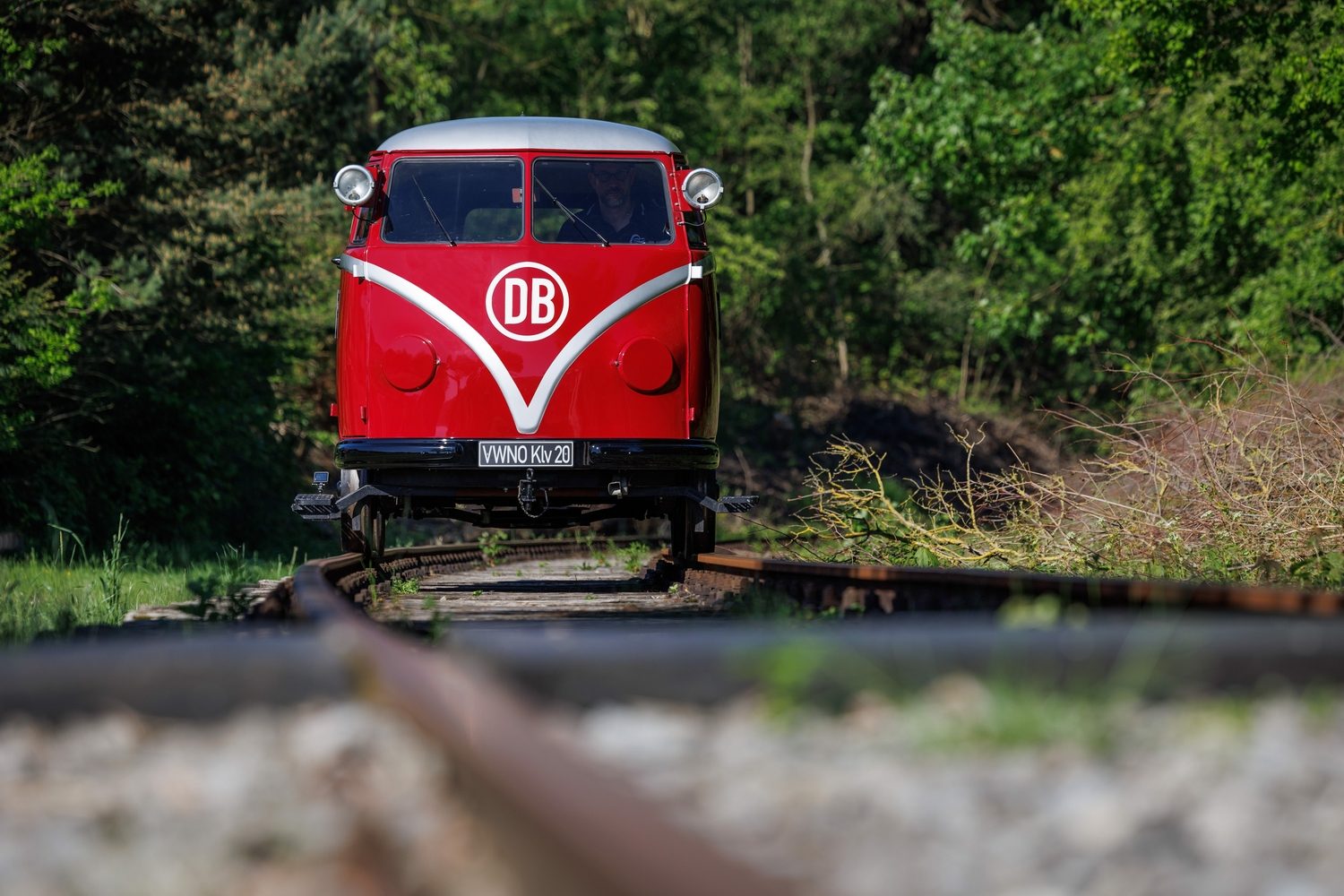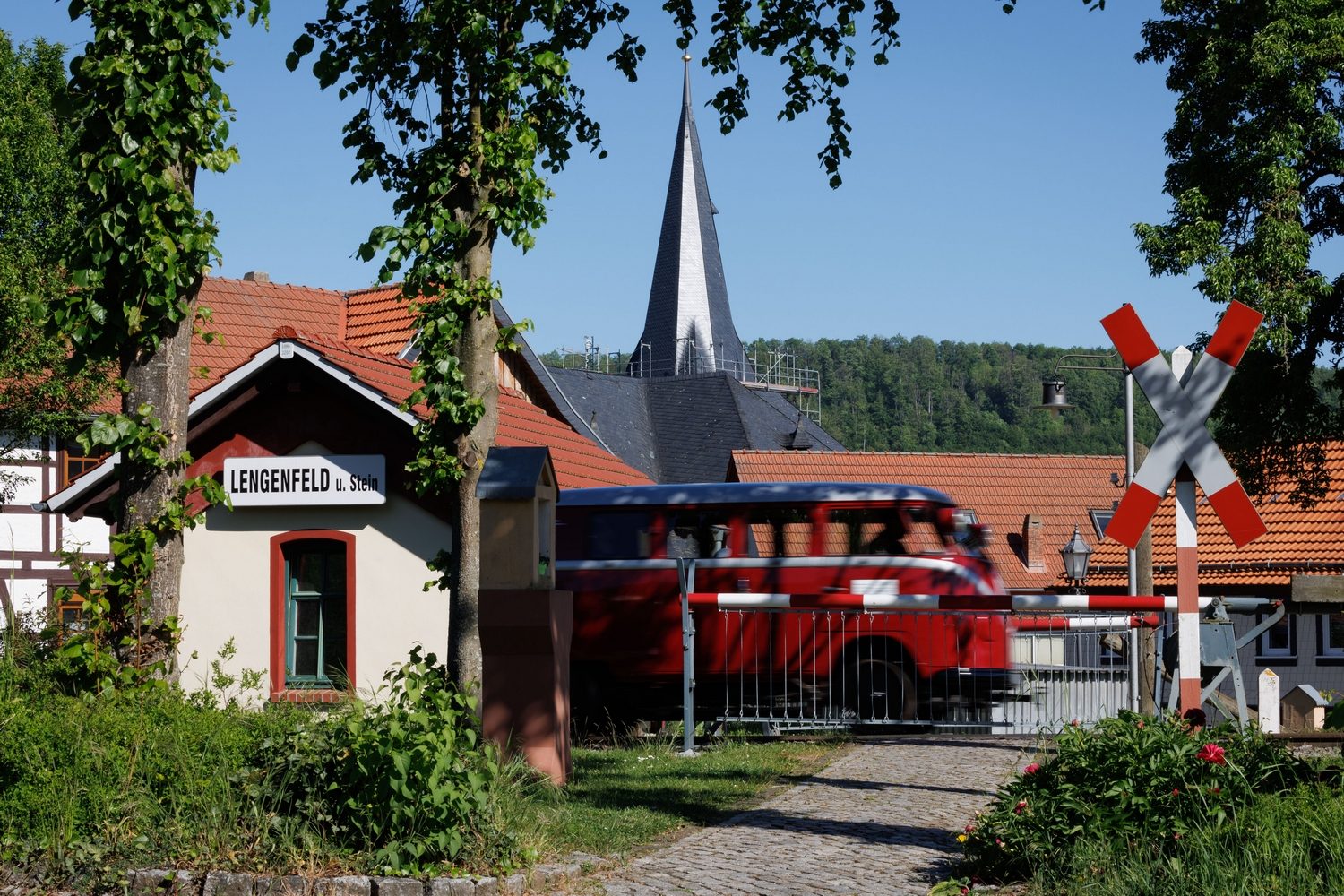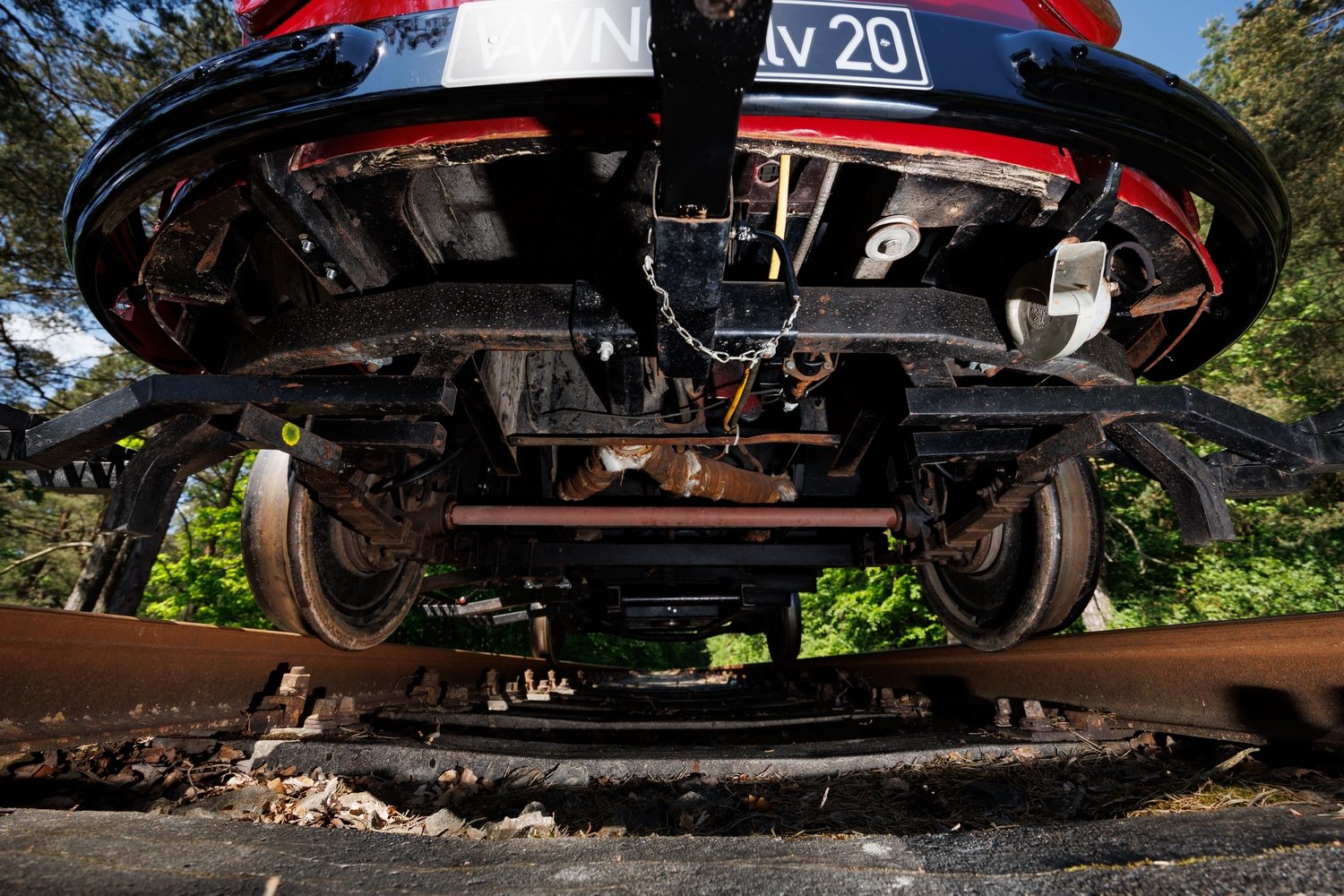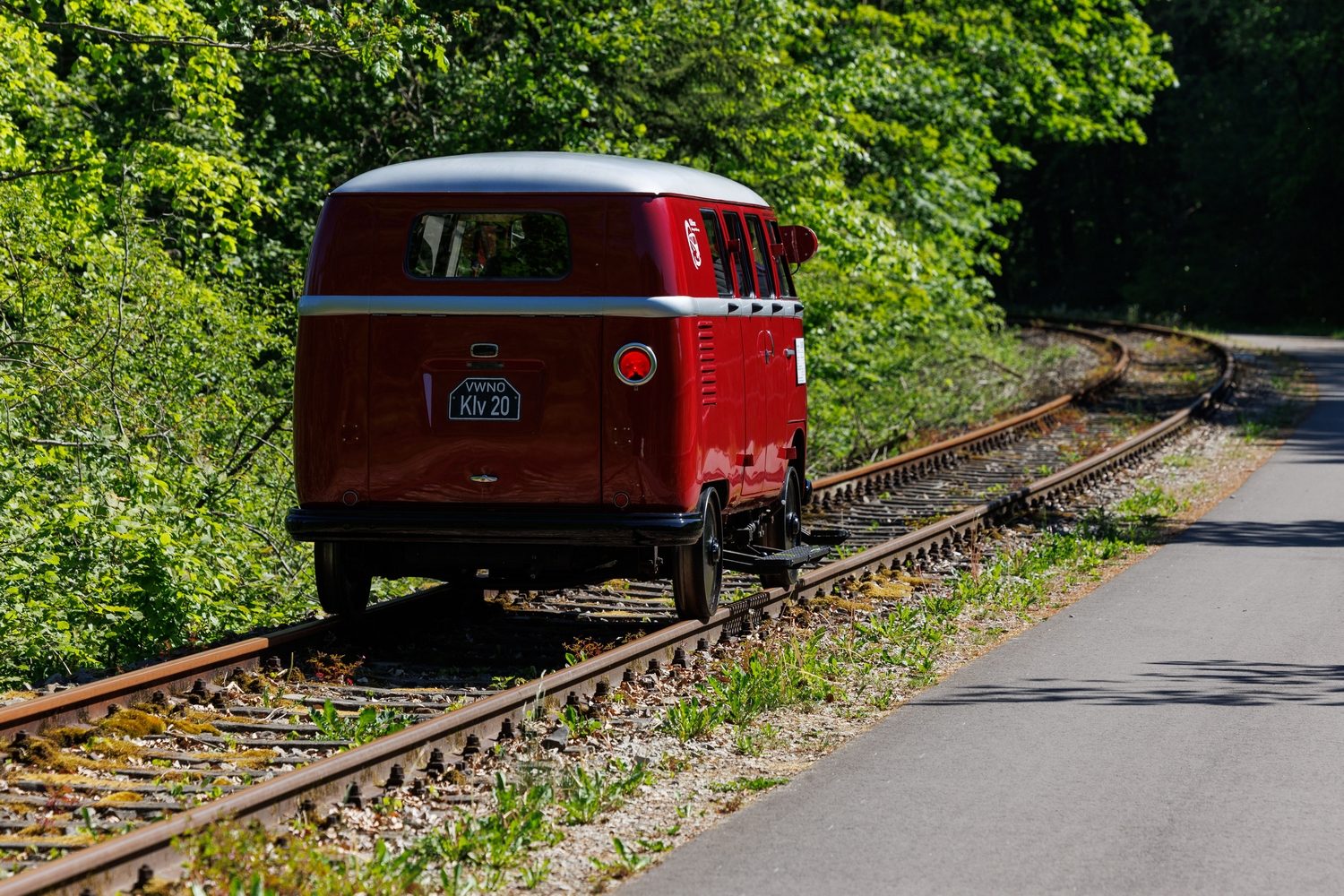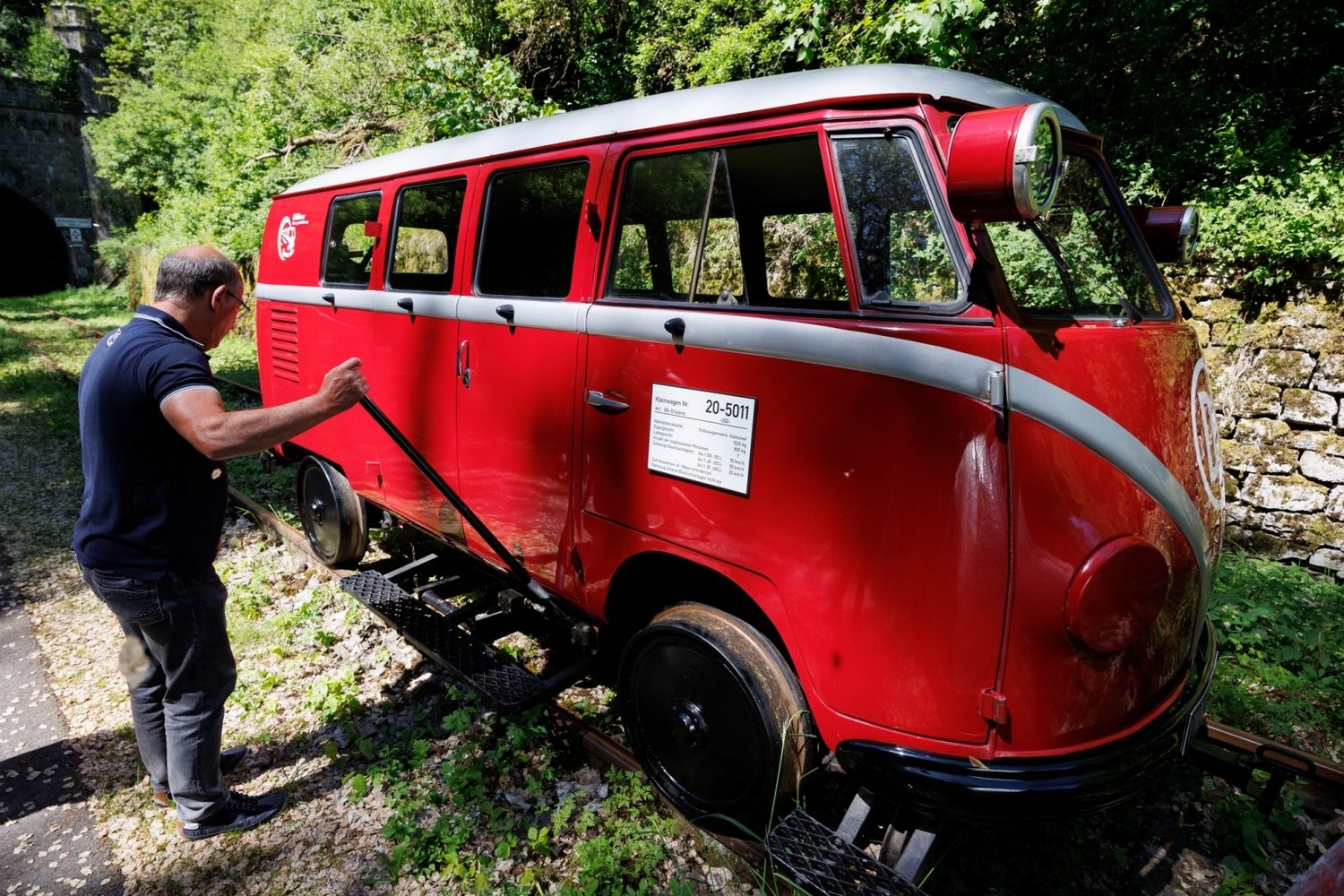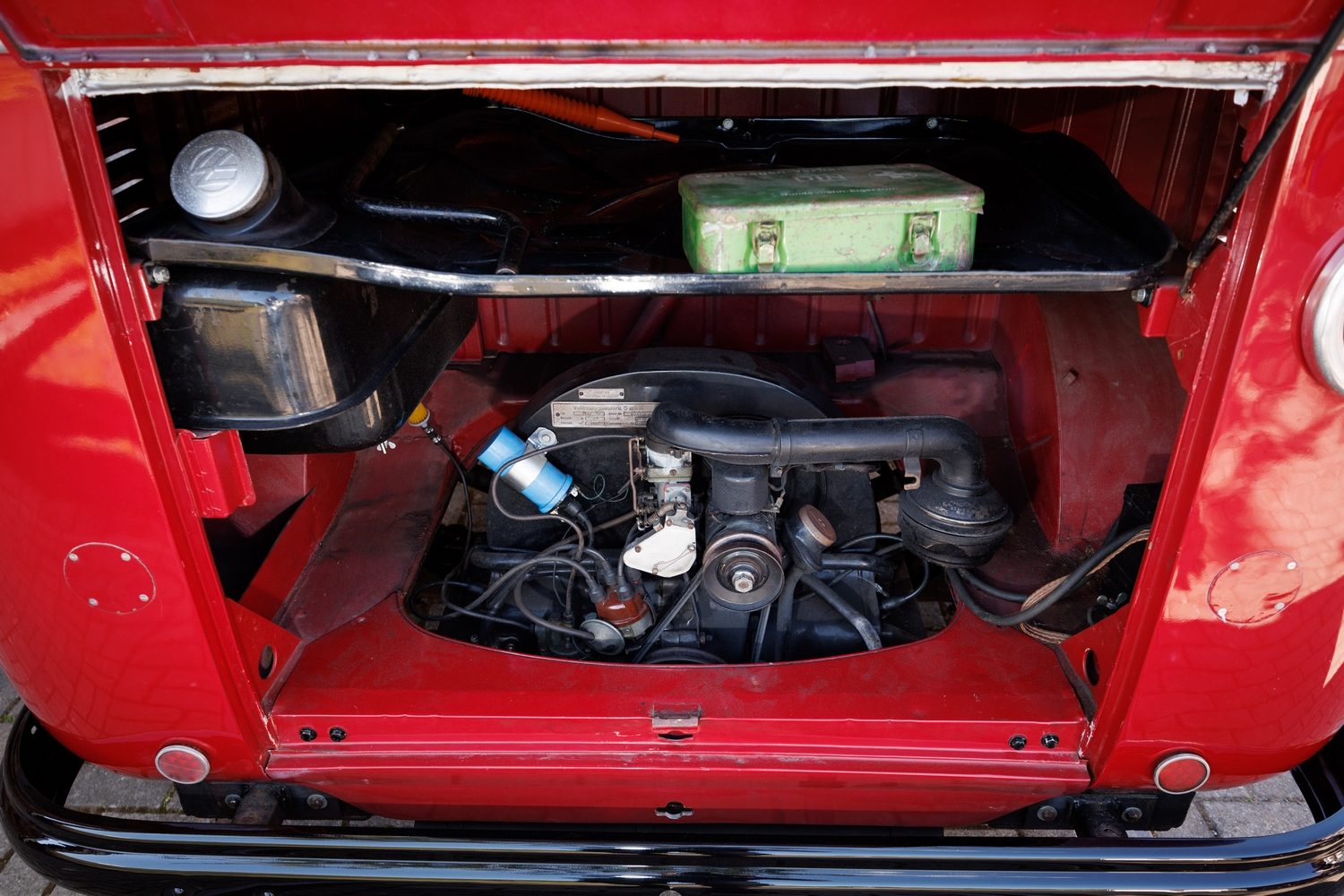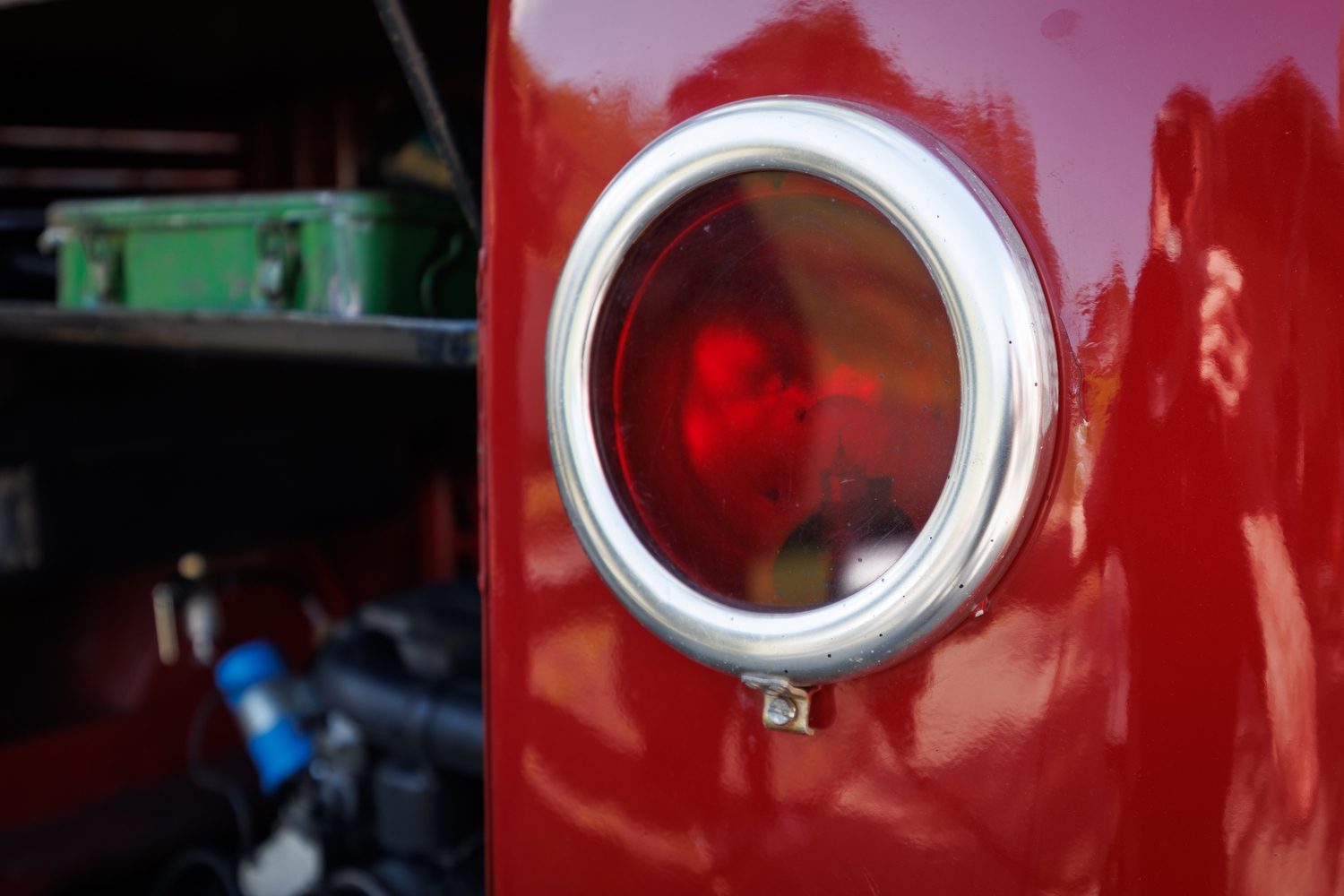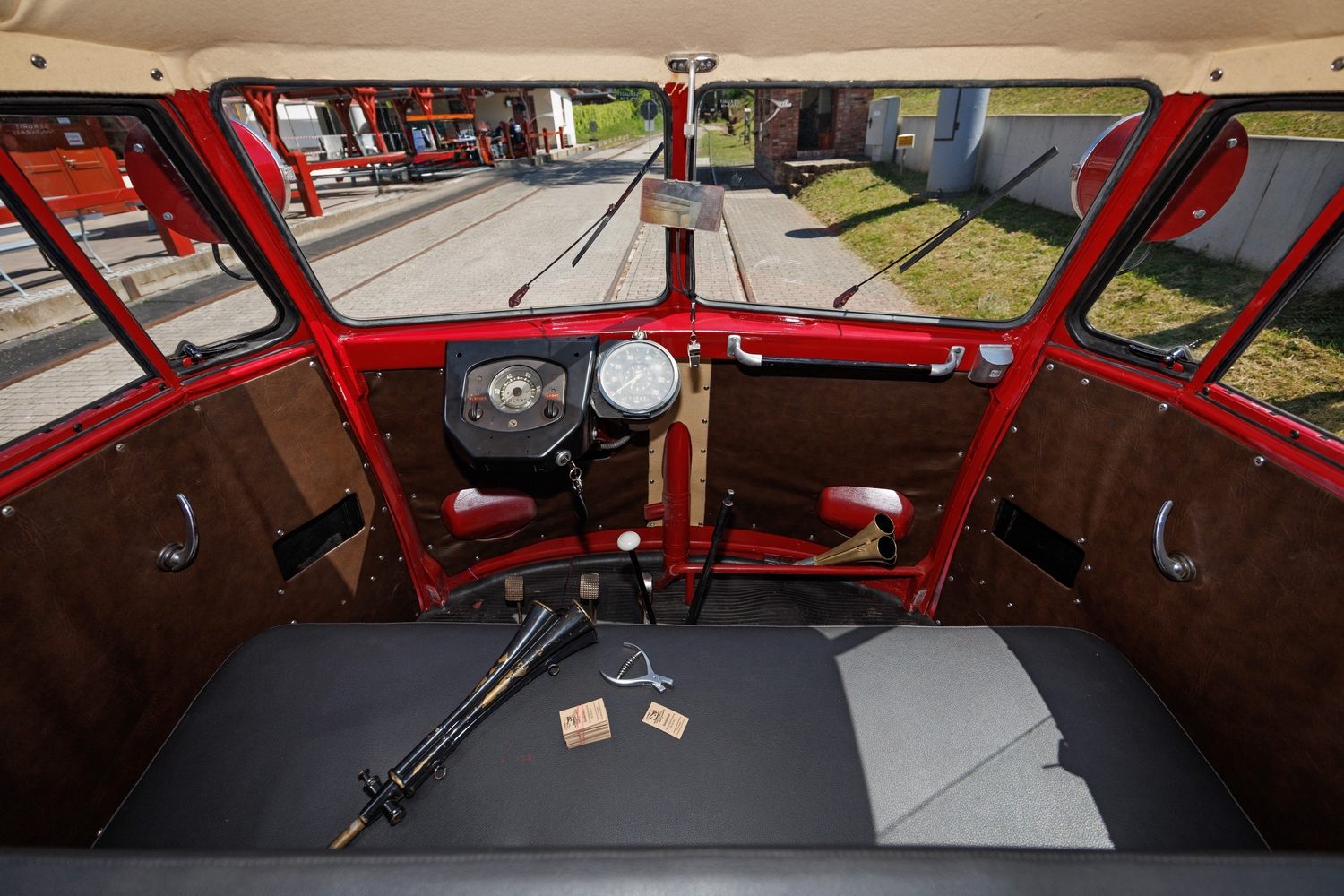The phrase ‘rail bus’ probably strikes fear into the hearts of any commuter, conjuring unhappy memories of getting off the train at Drogheda to get on some wheezy, sweaty replacement bus because there are too many leaves on the line or a signalling fault at Skerries.
Volkswagen’s classic commercials department

However, what Volkswagen has found is a rail bus that might actually trigger delight, rather than anxiety. The VW Commercials classic department has been busy with the barn finds of late, tracking down a half-track converted Volkswagen Fox hatchback and a Transporter van that had been converted to use four-wheeled axles and some chain-driven tracks.
These are, obviously, aimed at driving off-road, and so too is VW’s latest find - a 1955 Volkswagen Transporter van (a Type 2, known in Germany as the ‘Bulli’) that corners on rails.
Now, anyone who’s driven an original roll-poly Type 2 knows that they most definitely do not corner on rails in the road-testing vernacular, but this one actually literally does.
Taking you back to the fifties…

To explain, let us take you back in time into the distant mists of German engineering history. The year was 1954. The Deutsche Bundesbahn (German Federal Railway) was faced with the challenge of procuring new compact service vehicles for its railways. Instead of developing a new vehicle from scratch, they combined the versatile Volkswagen Transporter with a rail chassis. The work was farmed out to two companies - Martin Beilhack (Rosenheim) and Waggon- und Maschinenbau GmbH Donauwörthe — and they made 15 rail-converted Transporters between them. The one that VW Commercials has found and restored is a 1955 version made by Beilhack.
The vehicles were used mostly by servicing depots and signalling stations so that engineers could quickly nip out along the lines for inspection and repairs. Known technically as the KLV-20, these converted Transporters remained in service until the 1970s and are spectacularly rare today.
The KLV-20 essentially consists of three components: the body of a VW Kombi van, a 28hp Volkswagen industrial engine, and a chassis with a hydraulic lifting/turning mechanism. This, rather brilliantly, allowed the KLV-20 to be lifted up, turned around and put back on the rails by one person instead of having to drive back to the starting point in reverse gear. Why can’t we have things like this now?
Train lights

At the front and rear, the regular VW headlights and brake lights were removed and covered over, and in their place, standardised train lights were fitted to ensure proper safety and visibility when operating at night. The most striking thing about the KLV-20 is what’s not there - no steering wheel, for instance (the rails do the steering…), and no rear-view mirror. According to VW Commercials engineers, it feels properly weird at first, but apparently, after a while, you just start to sit back and enjoy the view. Tobias Twele, from the Volkswagen Commercial Vehicles Oldtimer section, describes a journey as follows: “It was a moving experience for our team to put the KLV-20 back into service. There aren’t many versions of the Bulli that we haven't seen or driven - but this rail bus is a new one for us! That’s why it was a very emotional moment for everyone when we drove across the 24-metre-high viaduct with the team for the first time. In total, we travelled over 32km on the tracks on this first trip, five kilometres of which were through tunnels, and we climbed 154 metres. We crossed the impressive 244-metre-long Lengenfeld Viaduct countless times.”
This particular KLV-20, vehicle number 20-5011, began its career at the rail depot in Plattling in Bavaria and was then later used at the Plattling signal maintenance depot. After being taken out of service in the 1970s, the rail bus found a new home in the Palatinate region in southwest Germany. In 1988, it was acquired by a railway collector in the state of Hesse. The ‘Bulli on rails’ is now part of the Volkswagen Commercial Vehicles classic vehicle collection in Hanover.
Sales brochure

One of the things that came with the car when VW acquired it was actually an original sales brochure, which includes such passages as: “As a small rail bus or van with an attractive, aerodynamic and appropriately equipped VW Kombi van body. These vehicles, which we refer to as Type GBA 1, are fitted with the tried-and-tested VW engine, which is a four-cylinder four-stroke petrol engine. The directly flange-mounted manual gearbox has four gears and one reverse gear. The power is transmitted from the gearbox to the drive wheels via two lateral oscillating axles with joint bodies.” Ah, the joy of a flange mount…
If you want to see the Bulli on Rails, along with lots of other classic VW commercial vehicles, there’s a big ‘Bulli & Coffee’ event being held at the customer centre of Volkswagen’s Hanover factory on the 2nd of June.

